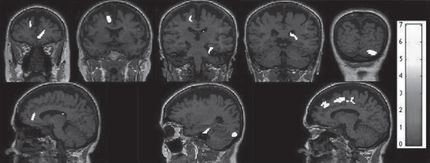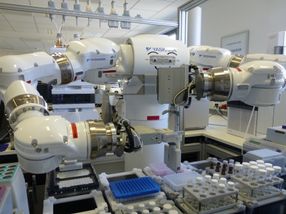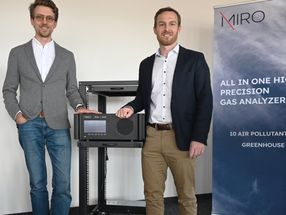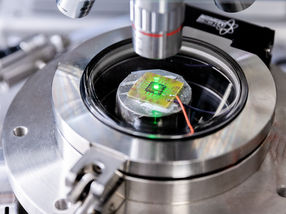New diagnostic 98% accurate detecting early stage ovarian cancers
2nd generation OvPlex panel completes initial phase II biomarker trial
HealthLinx Limited has completed an initial Phase II biomarker trial on its second generation ovarian cancer diagnostic that has increased the diagnostic efficiency of the panel to 98 per cent for early stage diagnosis. This compares with the world’s most commonly used diagnostic CA125 with diagnostic efficiency of less than 60 per cent for early stage detection.
In October, HealthLinx with ARL Pathology launched OvPlex™ 1st generation ovarian cancer diagnostic in Australia with diagnostic efficiency of 92.9 per cent. The market interest in 1st generation OvPlex™ has resulted in ARL Pathology establishing a wider collection network to meet the needs of women seeking the test. In this 2nd generation product two new novel biomarkers have been added (HTX005 and HTX010).
The study used 107 samples, 46 disease subjects and 61 controls. The disease subjects were 35 early stage (Stage I/II) and 11 stage III results. Specific outcomes:
1. Sample tested included 7 confirmed disease subjects where CA125 failed.
2. As individual biomarkers, HTX005 correctly identified 5 of the 7, and HTX010 correctly identified 6 of the 7.
3. Where CA125 failed to detect the 7 disease subjects (ie 7 false negatives) the 2nd generation OvPlex™ panel identified 6 of these cases. This would result in 6 of the 7 subjects being diagnosed with early stage disease and treated accordingly. All 7 false negatives were early stage cancers.
4. Samples tested included 4 high CA125 assessed as being diseased (false positives) but two were subsequently confirmed by OvPlex as without disease. CA 125 would have claimed cancer in samples where OvPlex™ confirmed correctly in 2 of the 4 that no cancer existed.
5. OvPlex™ 2nd generation used 5 biomarkers and achieved diagnostic efficiency of 98.13 per cent.
This means that the new biomarkers identified 6 subjects that had been missed by CA125 (false negatives) and eliminated 2 subjects who would have been told they had the disease but did not (false positives).
Other news from the department research and development

Get the analytics and lab tech industry in your inbox
From now on, don't miss a thing: Our newsletter for analytics and lab technology brings you up to date every Tuesday. The latest industry news, product highlights and innovations - compact and easy to understand in your inbox. Researched by us so you don't have to.





























































